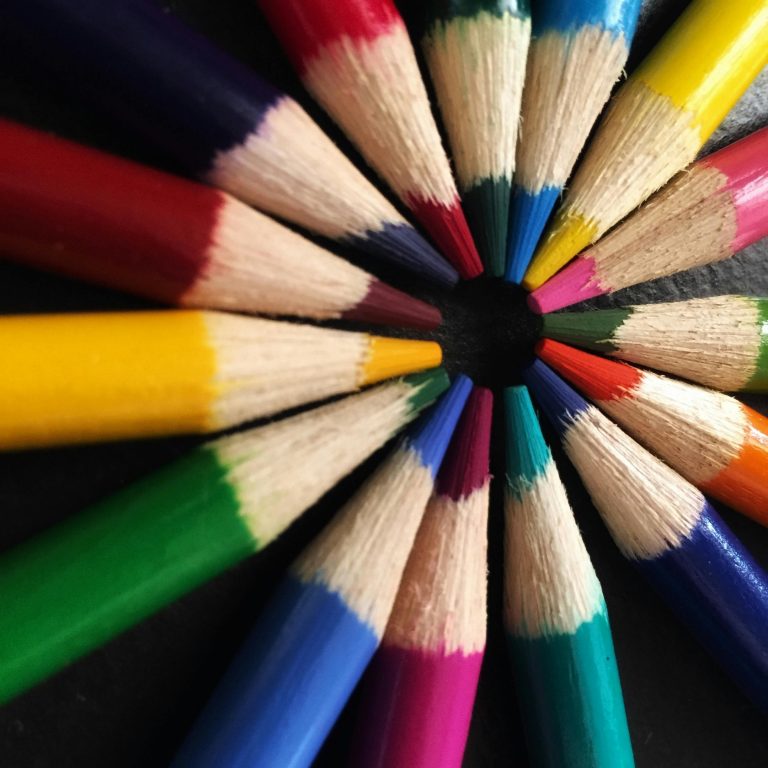The Zeigarnik Effect: Why Unfinished Tasks Linger in Your Mind
Ever felt like you couldn’t relax because your to-do list was still buzzing in your brain? Even after a long day, the smallest undone task—like replying to a text, folding laundry, or cleaning your desk—can follow you into your night. This isn’t just overthinking. It’s a psychological phenomenon known as the Zeigarnik Effect.
And understanding it might be the key to building routines that soothe you instead of stress you.
Let’s explore how unfinished tasks impact your mental state—and how aesthetic habits, nighttime rituals, and gentle content loops can help close the open tabs in your brain.
What Is the Zeigarnik Effect?
First discovered by Russian psychologist Bluma Zeigarnik in the 1920s, this effect refers to your brain’s tendency to remember unfinished or interrupted tasks better than those you’ve completed.
In simple terms? Your mind clings to the undone.
That’s why you’ll forget what you’ve already achieved—but stay fixated on what’s left hanging. It’s a mental itch that doesn’t go away until you’ve either finished the task or created closure around it.
Why It Feels Mentally Draining
Unfinished tasks create cognitive tension. Your brain sees them as “open files,” using mental energy to keep them in your awareness until they’re resolved. Even small things like not replying to a message, skipping your skincare routine, or leaving dishes in the sink can make your rest feel incomplete.
And over time, these open loops can build into overwhelm.
That’s where the art of routine—and the power of small, soothing rituals—comes in.
The Healing Power of Closure
One of the best ways to soothe your mind is by intentionally closing loops—finishing simple actions that give your brain a sense of resolution.
Examples:
- Lighting a candle as the final step in your night routine
- Writing down tasks instead of holding them in your head
- Watching a 60-second aesthetic reset video with a beginning, middle, and end
- Completing simple actions like making your bed, turning off lights, or stretching before sleep
These moments signal to your brain: we’re done. And that sense of completion is what allows you to fully rest.
Why Aesthetic Routines Work So Well
There’s a reason “clean girl night routines,” calming reset vlogs, and short productivity loops are so popular. They mimic the structure your brain craves. They start, flow, and finish with intentional steps—so even watching them provides a sense of vicarious closure.
When you pair visual beauty with psychological rhythm, it becomes more than content—it becomes therapy.
Soft lighting, repetitive motions, and satisfying order help quiet the Zeigarnik Effect in real-time. That’s why aesthetic videos often feel “complete”—because they are.
How to Create Your Own Loop-Closing Routine
Try building a 5-minute ritual that ends your day, not just as a checklist—but as an emotional soft landing. Think of it like turning off the tabs in your brain one by one.
Ideas:
- Put your phone on “Do Not Disturb” while playing soft music
- Wipe down your desk or vanity with lavender spray
- Light a single tea candle and breathe deeply while it burns
- Do a slow facial massage while listening to nature sounds
- Watch a calming video that brings a sense of peaceful finality
These aren’t just habits. They’re intentional endings. And your mind needs endings.
Final Thoughts
The Zeigarnik Effect reminds us that peace doesn’t always come from doing more—it comes from finishing what matters. And sometimes, finishing is as simple as closing the day with intention.
Whether it’s a soft video loop, a gentle routine, or a mindful moment of stillness, give your brain the closure it’s looking for.
For more ways to slow down and reset, keep coming back to SootheSync.







